The headline in the Britain's Daily Mail tabloid was hard to miss, even for people who usually skip over the science section: "Wanted: Adventurous Woman to Give Birth to Neanderthal Man, Harvard Professor seeks Mother for Cloned Cave Baby."
As the story about producing a Neanderthal clone ricocheted around the Internet and international media last week, scientists sought to do damage control to the emerging field of synthetic biology. They backpedaled, blamed the press and dodged the hard questions. This was science as a spectacle of the boulevard press, not the "great antidote to the poison of enthusiasm and superstition," as Adam Smith once called the scientific enterprise.
Did they succeed? Will the public forget the Neanderthal story? Not likely.
In a data-rich world, we all fall back on various shortcuts to sort information. One crutch is called the "availability heuristic," where the magnitude and relevance of issues are based on the ease in which examples can be recalled. The search for a surrogate mother for a cloned Neanderthal is a fairly memorable idea, one that will push out other more realistic applications of synthetic biology in the areas of medicine, food production, energy and environment. These are the uses that are most deserving of public attention.
The Synthetic Biology Project at the Woodrow Wilson Center has conducted research over the past eight years showing that the public approaches new science like synthetic biology with some trepidation and a healthy skepticism concerning the ability of the government or industry to manage emerging risks. The "regenesis" of an extinct species quickly confirms what many people assume synthetic biology could be about.
In a national survey we conducted this month with Hart Research on public perceptions of synthetic biology, almost half of the respondents associated the term "synthetic biology" with images like unnatural, man-made, artificial, reproducing/recreating life, cloning or genetic/DNA manipulation. More than a third of respondents were uncertain whether the benefits would outweigh the risks. That is difficult territory to maneuver in for the scientific establishment. As one participant in a 2011 focus group told us about synthetic biology, "If you are not schooled in what they are talking about, it can be kind of horrifying."
The basis for this horror was described decades ago by Yale sociologist Kai Erikson, who coined the phrase "a new species of trouble" to describe technologically-induced risks that can destroy our sense of self and community while scaring us in new and unusual ways. Synthetic biology could be a new species of trouble and, if so, synthetic biologists are pushing a scientific rock up the steep hill of public acceptance. They cannot afford to be glib about how they communicate their work.
Sometimes following the thread of scientific discovery to a macabre end point can serve a purpose, as it did when Albert Einstein warned President Roosevelt of the potential of the atomic bomb based on early theoretical work on nuclear fission. But the endpoint and communications channels must be chosen with great care.
While the public might not understand the nuances of mitochondrial DNA, they often are more politically astute than the scientists. A caller to a National Public Radio show last week on the Neanderthal story asked one simple question: "Who is funding this research?" That is a question the House Committee on Science, Space and Technology might also ask. And what would the scientists say?
Maybe none of this should come as a surprise anymore. As Harvard historian of science Steven Shapin has noted, over the past decades we have seen the rise of the "entrepreneurial scientist," a new breed that spends as much time on promotional book tours and TV shows as in the lab.
But selling science is not the same as selling books and the collateral damage of last week's Neanderthal story to the field of synthetic biology could be large. What happened is important not only because of the ethical issues such cloning would raise, but because of the negative impact this highly charged and visible story could have on public acceptance of an important new area of discovery.